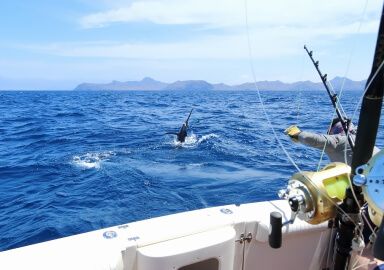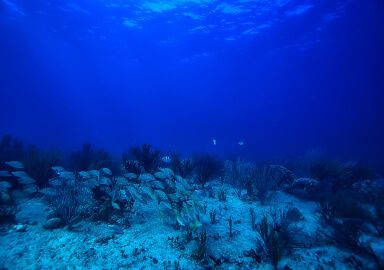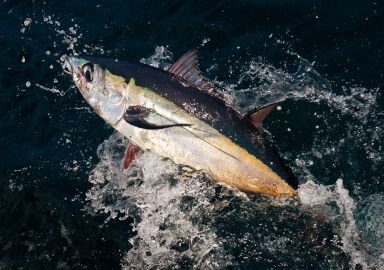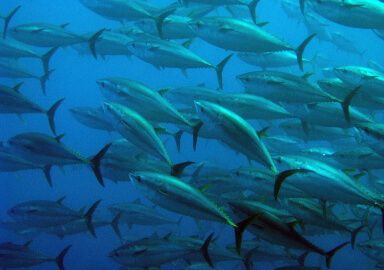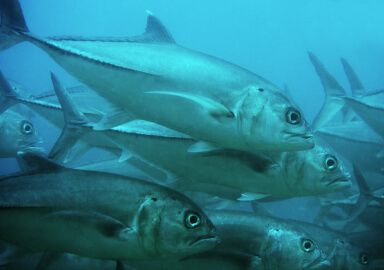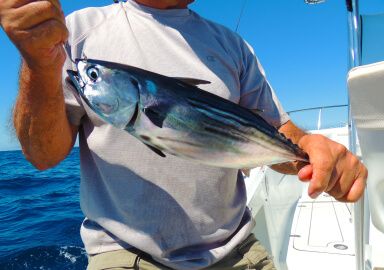Tuna
A streamlined saltwater fish built for speed, the tuna is one of the most popular and most delicious objects of fishing in the high seas
View 311 listings
311
listings
–
price starting from
42
countries
Where and When?
The tuna is among the few relatively warm-blooded species of fish, which can maintain temperature in certain parts of the body above the temperature of water. Thus, the tuna can survive in waters that are almost freezing cold, however, they are mostly found in tropical waters, between the 45 northern and 45 southern parallels. Within this boundary, tuna can be found pretty much in every deep sea, including the Atlantic, Pacific, Indian oceans, as well as the Mediterranean Sea. From the Prince Edward Island, where the world record bluefish tuna was caught, to Mauritius to the Gulf of Mexico, to Baja California, many locations will provide you with outstanding fishing experience. The best times for fishing depends on the location: most species of tuna are highly migratory fish with a strong homing instinct, and may cover thousands of miles to their spawning sites, and pay visits to different sites at different times.
About Tuna
Tuna is closely related to kingfishes, mackerels, bonitos and sardines. There are six species of true tuna, which are generally divided into yellowfin and bluefin groups, as well as many other similar species of fish that also go by the name of tuna. Most of those are small to medium sized fishes, with record size at about 1 meter in length and 4 to 30 pounds in weight. The yellowfish tuna, however, can grow up to 2.4 m (7.9 feet) and 200 kg (440 lb.), and the record for bluefin tuna stands at 1,496 pounds; the fish was about 15 feet in length. All species of tuna have streamlined body, well adapted for reaching great speeds. A characteristic feature that helps with acceleration are finlets: small projections on the spine and belly, between dorsal/anal and tail, that resemble fins except they are rayless and non-retractable. Another aspect of their biology that works to the same effect is high level of oxygen-binding myoglobin, that makes their muscles more energy-efficient, and, coincidentally, gives the tuna’s flesh its characteristic red color.
How to Catch?
Tuna is an object of extensive, and allegedly not always sustainable commercial harvest, performed in a variety of ways, ranging from traditional net traps that date back to the Phoenician civilization to hook and line. Sports anglers catch tuna with rod and reel, sometimes with artificial lures but mostly with live or dead bait. Being denizens of the high seas, most tuna fishing is done from boats, with fishing charters and captains, using offshore and deep sea techniques, such as trolling. But simply drifting around, especially if there’s a good current to go along by, is also quite efficient. Creating a scent trail with the help of chum behind your boat often helps you get the tuna. But many smaller species of tuna can be caught on light tackle, by casting a spinning rod with artificial lures, both from a boat and from the shore. Tuna travel in shoals and running into one may result in high adrenaline level action as one fish after another takes the bait. The smaller species of tuna can be caught on flyfishing gear.




